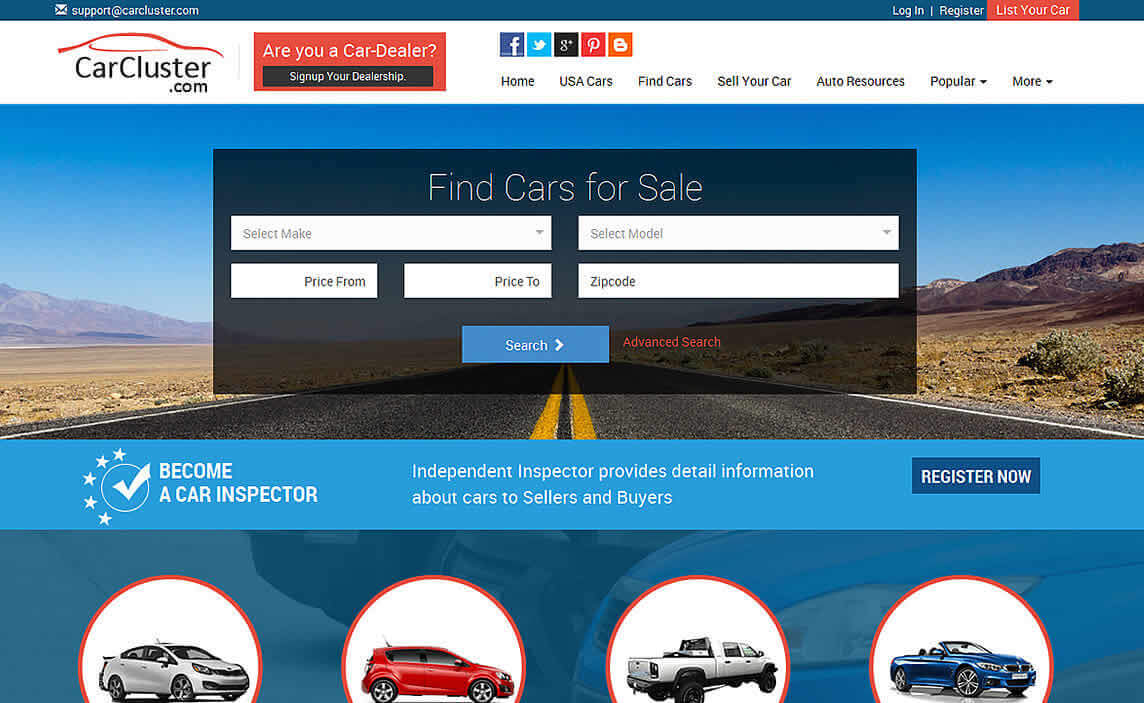Under difficult conditions, even good drivers falter. Unpredictable turn of traffic, bad weather, reduced visibility, and inefficient brakes are some circumstances under which the vehicle tends to go out of control, subsequently leading to accidents. Although nothing can replace experience and presence of mind, some of the following tips may help you deal with difficult driving conditions.
Nighttime visibility is a concern for many drivers. The glare of headlights has a blinding effect, which you can minimize by tilting the rear-view mirror to an angle such that the headlights from automobiles behind you do not reflect at you directly. As for the on-coming traffic from the opposite side, avoid looking directly into their headlights. Keep speed well under control; it is extremely risky to drive fast in the dark when your visibility of the roads ahead is reduced.
Fog is one of the greatest deterrents to traffic, even in the air. To drive safely in foggy conditions, the rule of the thumb is to keep speed low and distance from other vehicles high. Dipping headlights are a must, as they make your car more conspicuous in the fog. Install high quality fog lights in your vehicle if you encounter foggy conditions frequently.
Hilly areas are tough to drive through. Mechanics and other forms of help en route are scarce if you are headed to a relatively less popular hill station. In such a scenario, it is essential that you ensure credibility of the vehicle. Check fuel, fluid levels, brake oils, battery, handbrakes, and air pressure in the tires. Also, see to it that you have an extra tire in working condition in case there is a puncture. Keep the tool kit ready.
Also, personal supplies may be hard to get in hilly areas. So, keep an emergency kit in your car, which must include first-aid, some clothes, food and water bottles.
Avoid a perilous route if you do not already have sufficient experience in mountain driving. Bad weather conditions are an absolute red signal to a drive in the hills.
Snowy roads demand that you keep a check on speed. Even heavy vehicles are likely to skid if they are going too fast on a snow-covered path. Accelerating or braking too fast can also make your car skid – so make sure you remain steady in your movements. Use low gears in the snow, especially if you are driving downside on a sloping road.
Heavy rains and hailstorms, much like fog, can hinder visibility to a great extent. Dipped headlights become necessary if it is raining or storming fiercely. Speed is best kept to bare minimum in such weather.
Make roads safer by driving responsibly; for, one wrong step in the journey can permanently deviate you, or someone else from the destination.
This entry was posted in: Car Driving Tips, Car Safety
Tagged: driving in bad weather conditions, driving in rainy season, driving in tough conditions, driving safety tips, driving statistics, highway safety tips, safe driving techniques, safe driving tips

Comments
Dennis S. says:
October 14, 2013 at 10:18 pm
Aren't these considered basic driver cautions and/or common sense?
Reply